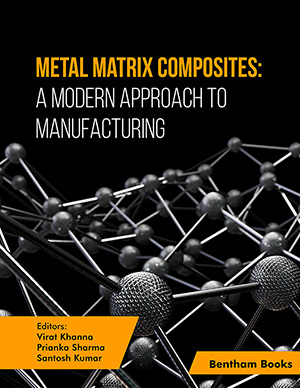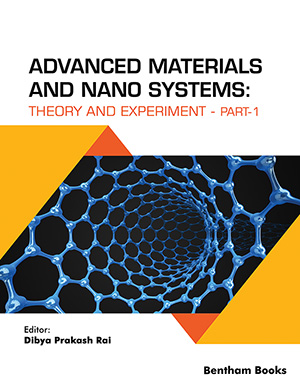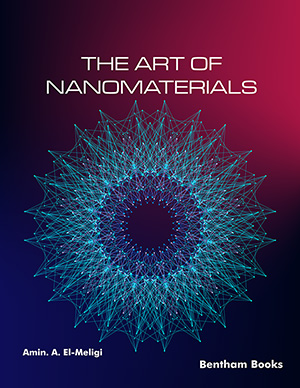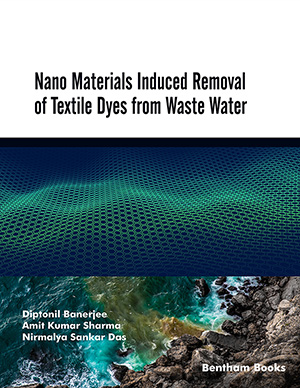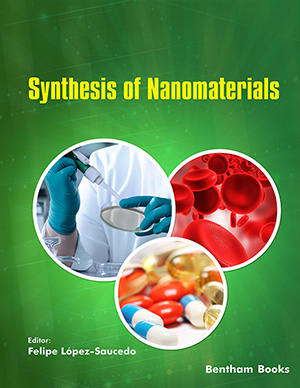Abstract
Recent advances in various engineering applications demand new materials
that have multi-functionality along with suitable structural properties. Metal matrix
composites are the class of materials that satisfy this purpose due to their lightweight,
increased strength, and other improved mechanical properties. These composite
materials can be prepared by various conventional techniques which aim reducing the
cost of production and meeting the demand of the industries efficiently. The properties
and functionality of these materials are greatly influenced by the type of reinforced
particulates and their composition in the metal matrix. Many reinforcement particles or
fibers can be used in MMC depending upon the applications. Commonly used
reinforced materials are graphene, polymers, carbon fibers, ceramic materials, etc.
Among the carbon family, carbon nanotubes (CNT) exhibit enhanced performance as
an ideal reinforcement material for MMCs. With outstanding intrinsic physical
properties, CNTs are considered a promising candidate for reinforcement. CNT owes
its properties due to its small diameter, high tensile strength, stiffness, high Young’s
modulus, and good chemical stability. They exhibit thermal stability even at high
temperatures and exhibit good electrical conductivity. They also show improved
fatigue resistance and plasticity and thus broaden the performance of the MMC. In this
chapter, various fabrication techniques along with blending and processing methods of
CNT-reinforced MMC have been discussed. The main methods have been explained
with their schematic representations. The advantages and limitations of these methods
have also been discussed. A strong interfacial bonding between the reinforced
particulate and the metal matrix affects the performance of the material. This chapter
also deals with a deep understanding of the various interfacial bonds that can exist
between CNT and the metal matrix
Keywords: Bonding interface, Carbon nanotubes, Mechanical properties, Metal matrix composite, Reinforcement effect, Solid state processing.


